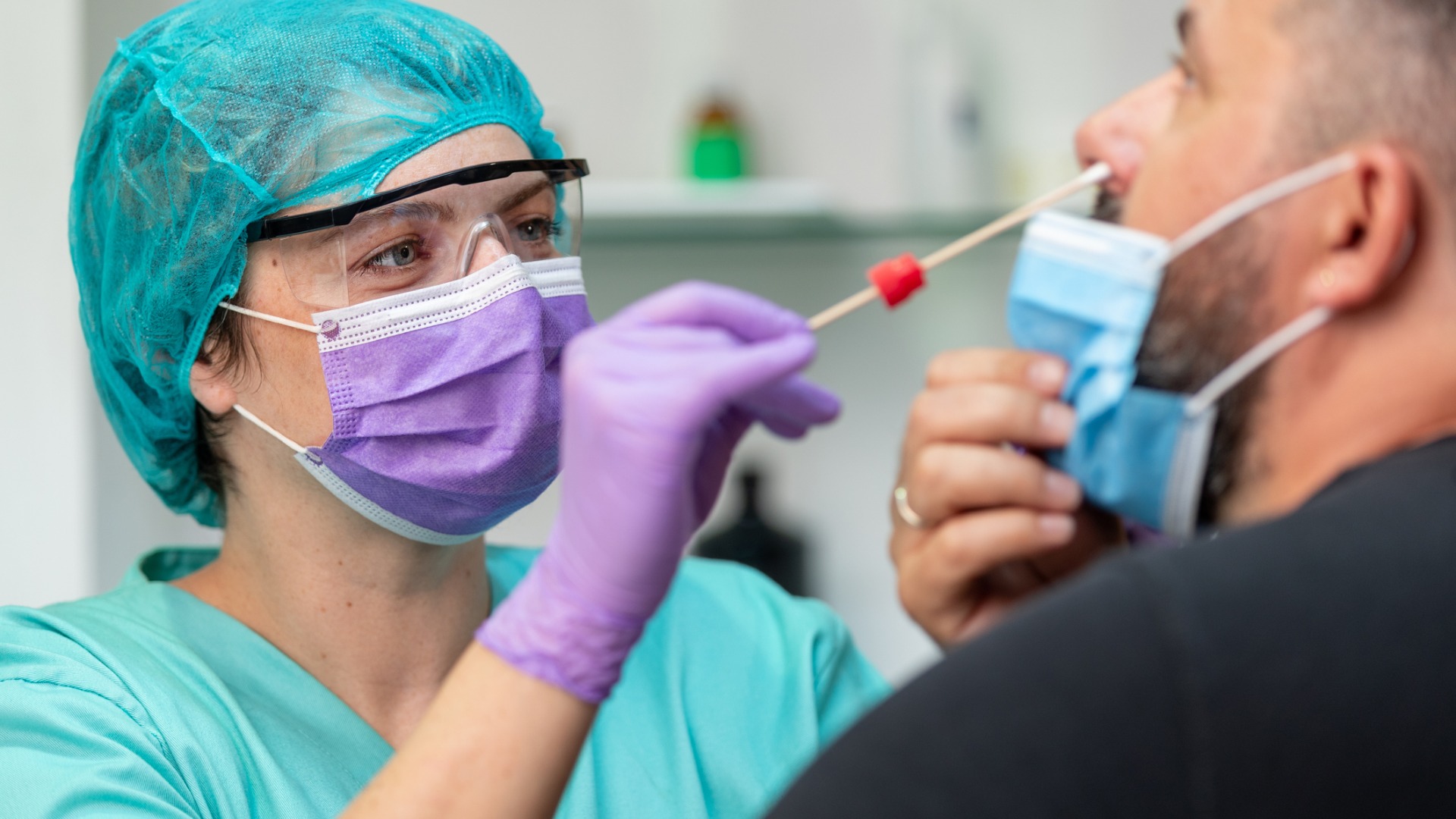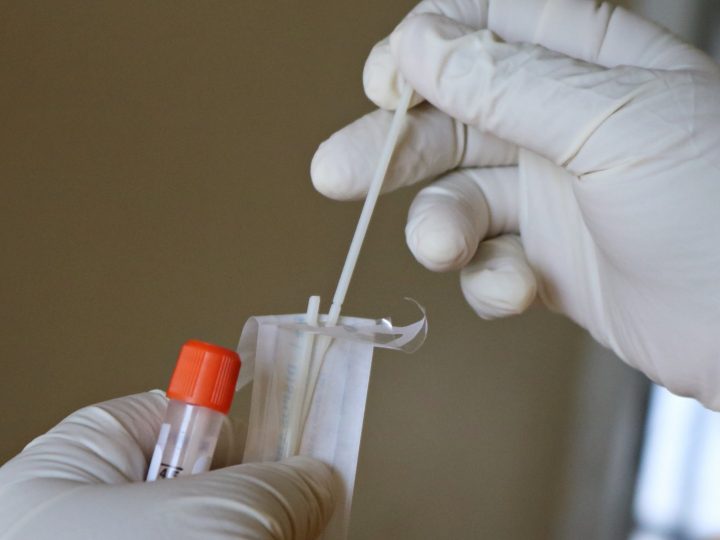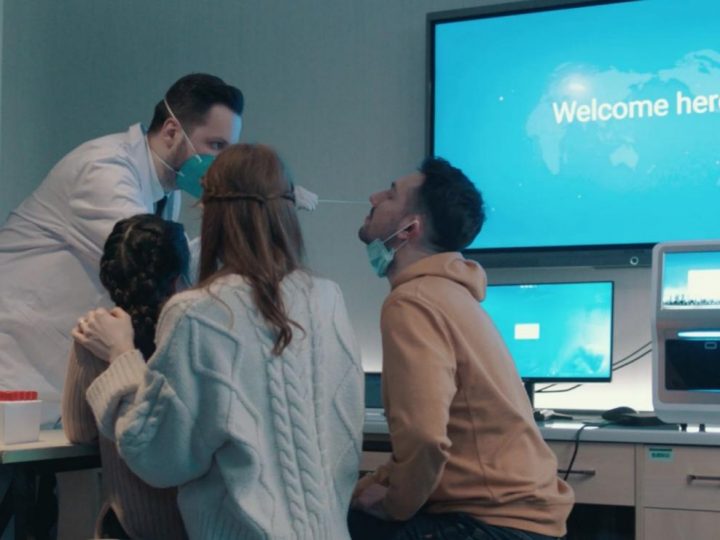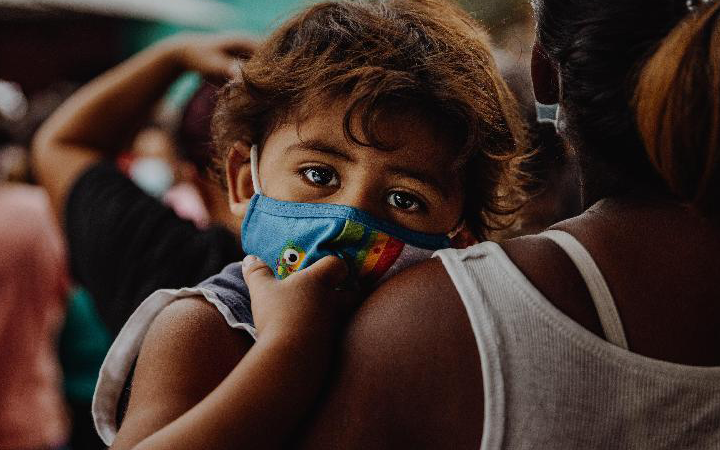An Ultimate Guide to COVID-19 PCR Testing
A COVID-19 test is used to detect whether a person is infected with coronavirus (SARS-CoV-2). PCR tests have proved to be reliable and accurate tests for the rapid diagnosis of the COVID-19 infection. Let’s have a look at how COVID-19 PCR testing works and where you can get tested for COVID-19.

Fluorescence PCR
Fluorescence PCR (Polymerase Chain Reaction) is a powerful technique used to amplify or make many copies of a specific region of DNA. This process can be used to detect the presence of a particular gene or mutation or to study the structure and function of DNA. Fluorescence PCR uses special dyes that emit light when exposed to ultraviolet light. This allows the researcher to see when the DNA is being amplified and to monitor the progress of the reaction. Fluorescence PCR is a very sensitive method and can be used to detect even a single copy of a gene.
What is A COVID-19 PCR Test?
A SARS-CoV-2 PCR test is an incredibly accurate molecular test for tracing small amounts of coronavirus (ribonucleic acid) by analyzing your sample. Since genetic analysis requires significant amounts of a patient’s sample, scientists amplify ribonucleic acid (RNA) into double-stranded DNA (deoxyribonucleic acid) that is duplicated until the genetic material of the virus is detected[1].
Detecting the smallest amount of viral genetic material makes the PCR test for COVID a highly sensitive and accurate test.
Who Should Get Tested for COVID-19?
You should get tested for the infection if you observe symptoms, including:
- New loss of smell and taste
- Body aches
- Cough
- Shortness of breath
- Fever and chills
- Nasal congestion
- Headache
- Vomiting or nausea
Key Steps to The COVID-19 PCR Test
The COVID-19 PCR testing involves the following key steps:
1. Collection of Samples
For the SARS-CoV-2 PCR test, a healthcare professional first collects the patient’s sample by inserting a nasal swab into the nostrils. The swab takes fluid from the back of your nose or throat. After being placed in a plastic tube, the swab is sent to the laboratory for analysis.
2. Extraction
The sample is analyzed to extract or isolate the genetic material of the virus.
3. PCR
This step involves the use of thermal cycler, enzymes, and special cycles to copy the genetic material into many copies. The presence of coronavirus is detected by a fluorescent light produced in the test tube by a special chemical. This signal is then detected by the thermal cycler[2].
The COVID-19 PCR Test Results and Follow-Up
If you’re tested positive, it means you have been diagnosed positive for the COVID-19 infection. Many patients with the infection recover within two weeks without requiring any medical assistance. You should seek medical attention if you notice severe symptoms[3].
Tested negative means you are not infected with the coronavirus. However, a negative test result does not always tell that you will not be infected ever; you can get infected with coronavirus[4].
How Long Does It Take to Get COVID-19 PCR Test Result?
Generally, the results of COVID-19 PCR testing are available within 24 hours when your sample is collected. But it also takes more than one day to receive the results due to the long processing time of the sample.
How Long Will It Takes to Test Positive After Infection with COVID-19?
The high sensitivity of the COVID-19 PCR testing makes it to detect trace amounts of the virus’ genetic material. The novel coronavirus can be detected by PCR in the window period at the initial stage of infection, but other coronavirus detection methods may not be able to detect it.
Where to Get Tested for COVID-19?
It is important to talk to your healthcare provider if you experience any symptoms. You can visit the local hospital to get tested. Right now, many home-based kits are also available for detecting the virus in the comfort of your home.
Conclusion
If you want to get tested for COVID-19, Sansure is here to facilitate you with diagnostic products to detect the presence of viral RNA even though symptoms of the infection are not present. Opt for Sansure’s Novel Coronavirus (2019-nCoV) Nucleic Acid Diagnostic Kit (PCR-Fluorescence Probing) for detecting the virus as early as possible.
References:
1. Weissleder R, Lee H, Ko J, Pittet MJ. COVID-19 diagnostics in context. Sci Transl Med 2020;12:1–6. https://doi.org/10.1126/scitranslmed.abc1931.
2. Zhu H, Zhang H, Ni S, Korabečná M, Yobas L, Neuzil P. The vision of point-of-care PCR tests for the COVID-19 pandemic and beyond. TrAC – Trends Anal Chem 2020;130. https://doi.org/10.1016/j.trac.2020.115984.
3. Watson J, Whiting PF, Brush JE. Interpreting a covid-19 test result. BMJ 2020;369:1–7. https://doi.org/10.1136/bmj.m1808.
4. Kanji JN, Zelyas N, MacDonald C, Pabbaraju K, Khan MN, Prasad A, et al. False negative rate of COVID-19 PCR testing: a discordant testing analysis. Virol J 2021;18:1–6. https://doi.org/10.1186/s12985-021-01489-0.
Note: The picture comes from the Internet. If there is any infringement, please contact the author to delete it.
Disclaimer: All the publications on this website, where the source is indicated, are copyrighted by the original source and do not represent the position of this website.





